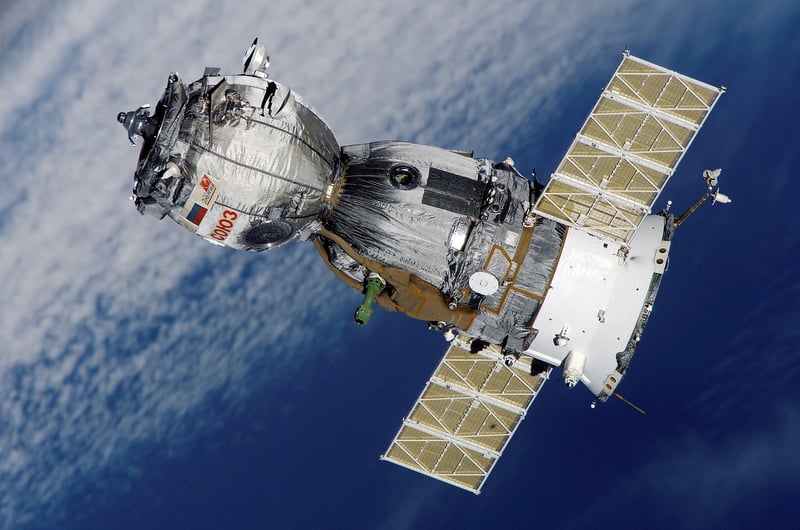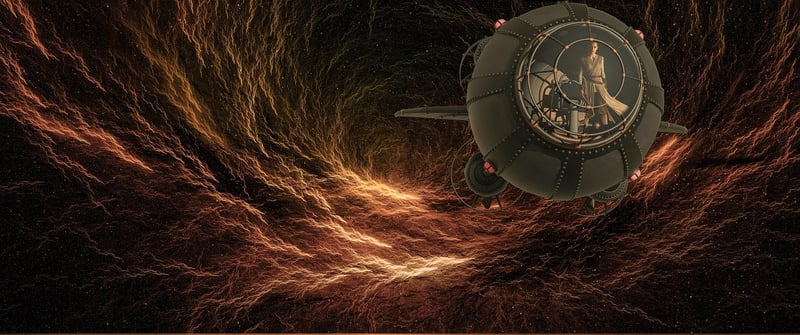Wormholes
The Fascinating World of Wormholes and Mechanisms of Travel
Traveling through space has always been a topic of intrigue and fascination for both scientists and enthusiasts alike. While traditional modes of transportation have their limitations, the concept of wormholes offers a tantalizing possibility of interstellar travel. Let's delve into the mechanisms of travel and explore the intriguing world of wormholes.
Traditional Mechanisms of Travel
Humanity has developed various modes of travel over the centuries, from walking and sailing to flying in airplanes and spacecraft. Each mode of transportation has its advantages and limitations, influencing how we explore and navigate our world. However, the vast distances of outer space present unique challenges that require innovative solutions.
Spacecraft and Warp Drive
Spacecraft have been instrumental in expanding our understanding of the cosmos. Propelled by engines that harness the principles of physics, spacecraft carry astronauts and robotic probes to explore distant planets, moons, and beyond. The concept of warp drive, popularized in science fiction, involves bending the fabric of spacetime to achieve faster-than-light travel, although its feasibility remains a topic of ongoing research.
Unlocking the Potential of Wormholes
Wormholes, also known as Einstein-Rosen bridges, are theoretical passages through spacetime that could create shortcuts for long journeys across the universe. These hypothetical structures, if they exist, could connect distant regions of space and time, offering a way to traverse vast cosmic distances in a fraction of the time it would take using conventional methods.
Understanding Wormhole Physics
According to theoretical physics, a wormhole could be visualized as a tunnel with two ends, each connected to a different point in spacetime. Traveling through a wormhole would involve entering one end, navigating through the tunnel, and emerging from the other end at a distant location. While the concept is mathematically sound, the practicality of constructing or finding a stable wormhole remains a major challenge.
The Quest for Interstellar Travel
As humanity continues to push the boundaries of exploration, the dream of interstellar travel remains a compelling goal. Whether through advancements in spacecraft propulsion, the discovery of exotic phenomena like wormholes, or the development of revolutionary technologies, the quest to travel beyond our solar system and into the depths of the cosmos drives scientific research and imagination alike.
Challenges and Possibilities
While wormholes offer a tantalizing prospect for interstellar travel, numerous challenges must be overcome, including the stability of wormholes, the energy requirements for traversing them, and the theoretical implications of using such exotic structures. Despite these hurdles, the allure of unlocking the secrets of the universe through unconventional means continues to captivate the minds of scientists and enthusiasts.
Embark on a journey through the cosmos, where the boundaries of space and time blur, and the mysteries of the universe await discovery.

Explore the vast expanse of space and the possibilities that lie beyond our celestial neighborhood. From traditional spacecraft to the theoretical realm of wormholes, the mechanisms of travel offer a glimpse into the future of human exploration and discovery.
